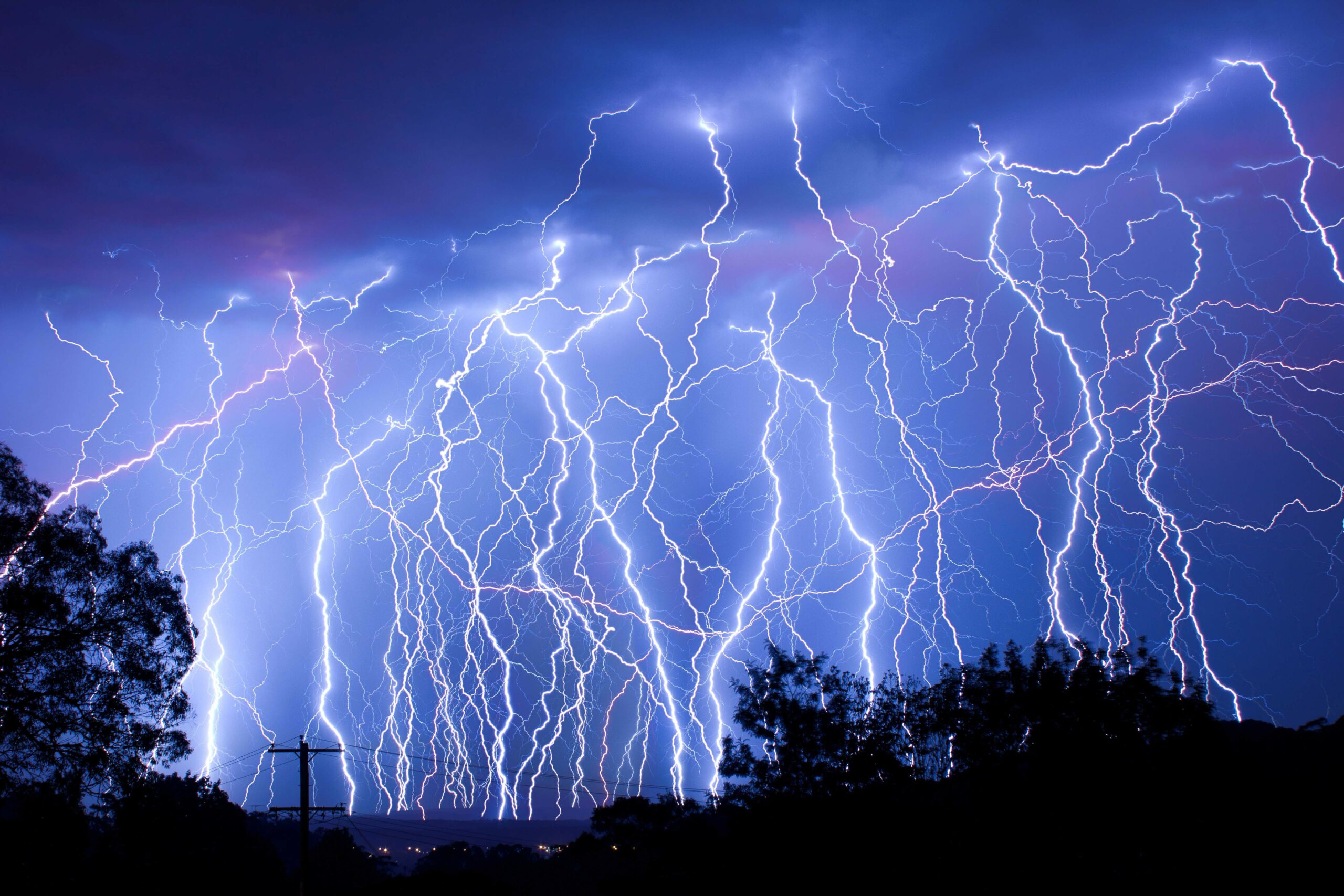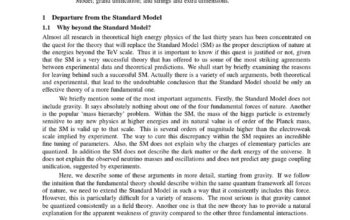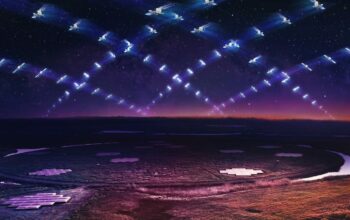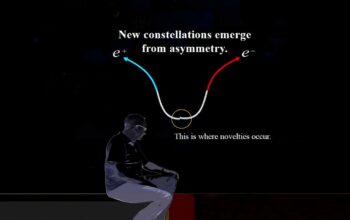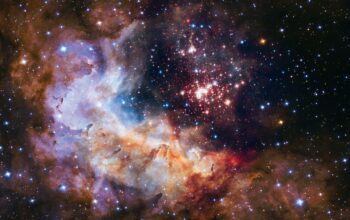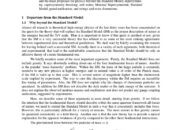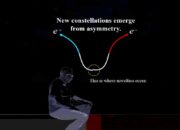In the realm of atmospheric phenomena, few occurrences captivate the human imagination quite like lightning. This dazzling natural display, characterized by its sudden brilliance and thunderous applause, often raises an intriguing question: what ignites this celestial spectacle? Stepping into the investigation reveals a complex interplay of atmospheric physics, wherein cosmic rays play an unexpected yet pivotal role. The inquiry into lightning’s genesis confronts us with a remarkable challenge: how can we harness our understanding of such a transitory phenomenon to elucidate the intricate relationships between terrestrial and cosmic mechanisms?
Lightning, fundamentally an electrical discharge, is born within the tumultuous clouds that populate our skies. These clouds, primarily cumulonimbus, act as vast natural laboratories, wherein water vapor condenses into droplets, establishing a volatile environment. As these droplets collide, they transfer electrical charges, creating a separation of charge within the cloud. This process ultimately leads to the generation of a vast electric field, capable of exceeding several million volts. However, the transition from charge separation to visible discharge requires a catalyst. Enter cosmic rays—the high-energy particles emanating from beyond our solar system.
Cosmic rays comprise a diverse array of particles, predominantly protons, which travel at nearly the speed of light. When these energetic particles traverse the Earth’s atmosphere, they collide with air molecules, resulting in a cascade of secondary particles, including electrons and gamma rays. This cascade can significantly influence Earth’s atmospheric chemistry and physics, particularly in the development of lightning. The perturbed environment lays the groundwork for the initial ionization necessary for the propagation of electrical discharges. Could it be that cosmic rays, by instigating the formation of electron avalanches, serve as a silent partner in the orchestration of lightning strikes?
This notion invites contemplation of a multifaceted relationship: one between the cosmic and terrestrial realms. Observations suggest that regions of the atmosphere with higher cosmic ray density correlate with increased lightning activity. This interplay hints at a deeper synchronicity, prompting researchers to consider how variations in cosmic ray intensity may prompt fluctuations in thunderstorm dynamics. The proposition here uncovers a scintillating paradox: cosmic rays, seemingly distant entities, have the ability to shape local weather patterns. Is it possible that, as we delve deeper into the complexities of meteorology, we might uncover further connections that exist beyond our immediate planetary experience?
In unraveling these connections, we must tread through robust methodologies blending theoretical frameworks and empirical data. Advancements in observational technologies have opened avenues for investigating the influence of cosmic rays on atmospheric electricity. Ground-based networks of lightning detection systems, alongside satellite instrumentation, offer rich datasets that can be analyzed to discern patterns linking cosmic ray activity with lightning occurrences. Additionally, simulating these environments within particle accelerator facilities may yield insight into the fundamental interactions at play, shedding light on how energy transfers can spawn such magnificent natural displays.
Moreover, this exploration extends beyond conventional boundaries. The challenge of quantifying the relationship between cosmic ray intensity and lightning frequency is multifarious. Researchers grapple with numerous variables within weather systems, such as humidity levels, temperature gradients, and topographical influences. Each of these factors can significantly alter the dynamics of thunderstorm evolution, complicating the isolation of cosmic rays as a singular influence. However, as scientists refine their models, innovative methods, such as machine learning algorithms, are being employed to distill extensive datasets into actionable insights. The confluence of data science and atmospheric physics fosters a new frontier in our understanding of these profound interactions.
As we pursue this inquiry, let us contemplate the greater implications of such revelations. The elucidation of cosmic rays’ contributions to lightning formation could promote advancements across various scientific fields. For instance, enhanced predictive capabilities for thunderstorms and severe weather events may arise from an improved understanding of cosmic ray interactions. The implications for climate science are equally profound. Should we come to understand the mechanisms through which cosmic rays influence electrical weather phenomena, it could catalyze advancements in climate modeling, wherein atmospheric variables and interconnections are dynamically integrated into our predictive frameworks.
Moreover, the ongoing exploration of cosmic rays embodies a larger philosophical challenge: what role do forces beyond our immediate experience play in shaping our terrestrial existence? The intertwining of cosmic and atmospheric sciences invites us to reconsider our place in the universe. The intricacies of lightning, illuminated by the influence of cosmic rays, serve as a microcosm of our lives, reflecting the interplay of distant influences shaping our immediate realities. Could it be that in our quest to decipher lightning’s enigmatic spark, we uncover profound truths about our connectivity to the cosmos?
In conclusion, the investigation into lightning’s genesis signals an exciting intersection of physics, earth sciences, and the broader universe. Cosmic rays, seemingly detached from our skies, emerge as vital players in the creation of one of nature’s most mesmerizing phenomena. While formidable challenges await in this exploration, the potential for discovery remains a driving force in our scientific endeavors. Ultimately, the question that opens this discourse invites further contemplation: can exploring the cosmic underpinnings of lightning inspire a deeper appreciation for the mysteries of our universe and our place within it?
